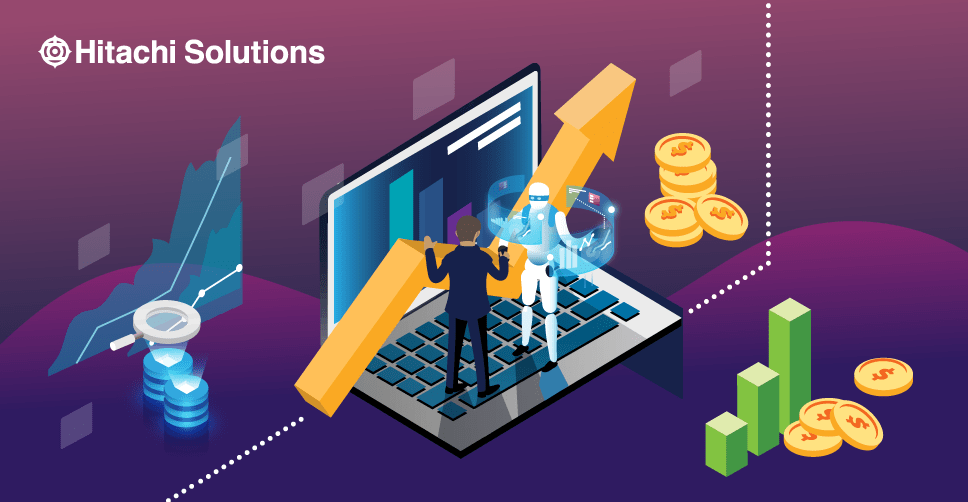Server less computing, also known as function-as-a-service (FaaS), is a relatively new approach to building and deploying applications. Instead of managing and maintaining servers and infrastructure, developers focus on writing and deploying code, which is executed only when it is needed. In this article, we will explore the key concepts, benefits, and challenges of server less computing.

Introduction to Server less Computing Server less computing is a cloud computing model where the cloud provider manages the infrastructure and automatically allocates resources as needed to execute the code. The term “server less” refers to the fact that developers do not need to manage servers or infrastructure, and are only charged for the computing resources used when the code is executed. This is in contrast to traditional cloud computing, where developers are responsible for managing servers and infrastructure.
Key Concepts of Server less Computing There are several key concepts that are important to understand when working with server less computing:
- Functions: In server less computing, code is organized into small, self-contained functions that are designed to perform a specific task or function.
- Events: Functions are triggered by events, such as a user clicking a button, a file being uploaded, or a message being sent to a queue.
- Scalability: Server less computing automatically scales up or down to meet demand, ensuring that the application is always available and responsive.
Benefits of Server less Computing There are several key benefits of server less computing:
- Reduced Costs: By only paying for the computing resources used when the code is executed, developers can significantly reduce their infrastructure and operational costs.
- Increased Agility: Serverless computing allows developers to focus on writing and deploying code, rather than managing servers and infrastructure. This enables teams to be more agile and responsive to changing business needs.
- Greater Scalability: Serverless computing automatically scales up or down to meet demand, ensuring that the application is always available and responsive.
Challenges of Server less Computing While server less computing offers many benefits, there are also several challenges to consider:
- Cold Start Times: The time it takes to start a function can be longer with serverless computing, which can impact the user experience.
- Limited Control: Developers have less control over the underlying infrastructure with serverless computing, which can be a challenge for some use cases.
- Vendor Lock-In: Server less computing is often tied to a specific cloud provider, which can make it difficult to switch providers if needed.
Conclusion Server less computing is a powerful approach to building and deploying applications in the cloud. By eliminating the need to manage servers and infrastructure, developers can focus on writing and deploying code, which can lead to increased agility, scalability, and reduced costs. While there are some challenges to consider, the benefits of server less computing are significant, making it an attractive option for many organizations looking to streamline their application development and deployment processes.

